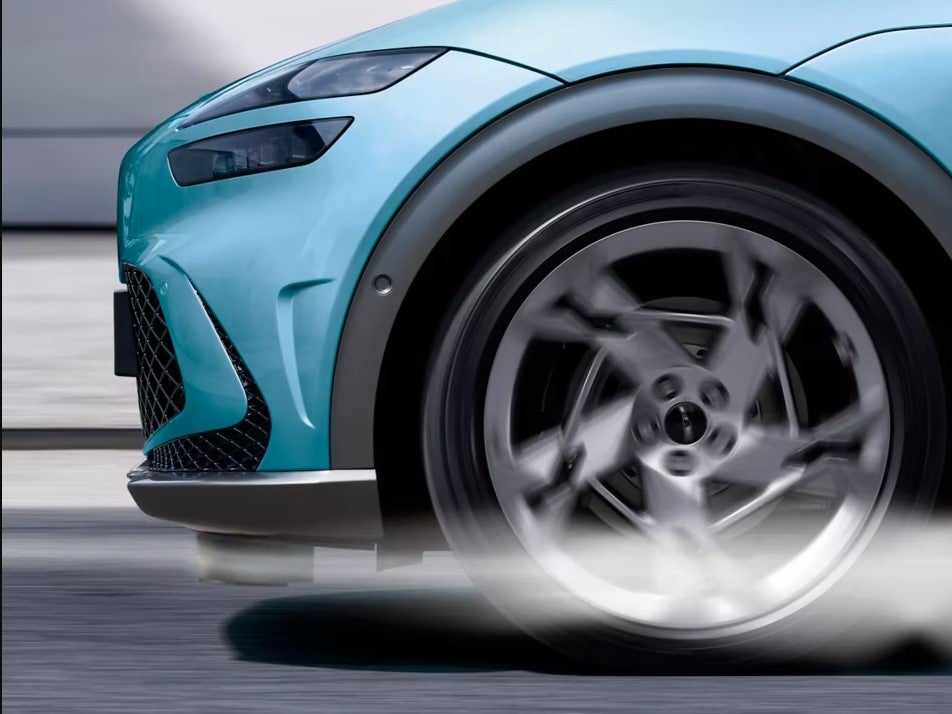
Hyundai Motor Company and Kia Corporation have unveiled the ‘Active Air Skirt’ (AAS) technology that minimizes the aerodynamic resistance generated during high-speed driving, effectively improving the driving range and driving stability of electric vehicles (EVs).
AAS is a technology that controls the flow of air entering through the lower part of the bumper and effectively controls the turbulence generated around the vehicle wheels by operating variably according to the vehicle speed during high-speed driving.
Hyundai notes that in the EV era, the relationship between vehicles and aerodynamics is becoming even more important. Furthermore, the company says aerodynamic performance has a significant impact not only on power performance but also on driving stability and wind noise.
AAS is installed between the front bumper and the front wheels of the vehicle and is hidden during normal operation, but it operates at speeds over 80 km/h when the aerodynamic resistance becomes greater than the rolling resistance and is stored again at 70 km/h. The reason for the difference in deployment and storage speeds is to prevent frequent operation in specific speed ranges.
Also, the reason why AAS only covers the front part of the tyres without completely covering the front is related to the characteristics of Hyundai Motor Group’s E-GMP platform for EVs. This, Hyundai says, is because it is more effective in improving aerodynamic performance to only cover the tyre part since the platform floor is flat. This also functions to enhance downforce of the vehicle, thereby improving vehicle traction and high-speed stability.
How well do you really know your competitors?
Access the most comprehensive Company Profiles on the market, powered by GlobalData. Save hours of research. Gain competitive edge.

Thank you!
Your download email will arrive shortly
Not ready to buy yet? Download a free sample
We are confident about the unique quality of our Company Profiles. However, we want you to make the most beneficial decision for your business, so we offer a free sample that you can download by submitting the below form
By GlobalDataAAS can also operate at speeds over 200 km/h. This was possible thanks to the application of rubber material on the lower part, which reduces the risk of external objects splashing and damaging while driving at high speeds and ensures durability.
Hyundai Motor and Kia announced that they have tested and reduced the drag coefficient (Cd) by 0.008, improving drag by 2.8 percent, by installing AAS in Genesis GV60. According to the brands, this is a figure that can equate to an additional range improvement of about 6 km.
Hyundai Motor and Kia have applied for related patents in South Korea and the United States, and plan to consider mass production after durability and performance tests.
Sun Hyung Cho, VP and Head of Mobility Body Development Group at Hyundai Motor Group, said: “This technology is expected to have a greater effect on models such as SUVs where it is difficult to improve aerodynamic performance. We will continue to strive to improve the driving performance and stability of electric vehicles through improvements in aerodynamics.”
Hyundai Motor and Kia are also applying various technologies, such as rear spoilers, active air flaps, wheel air curtains, wheel gap reducers and separation traps, to vehicles to secure competitive drag coefficients. Hyundai IONIQ 6, which incorporates these technologies, has achieved a Cd coefficient of 0.21.







